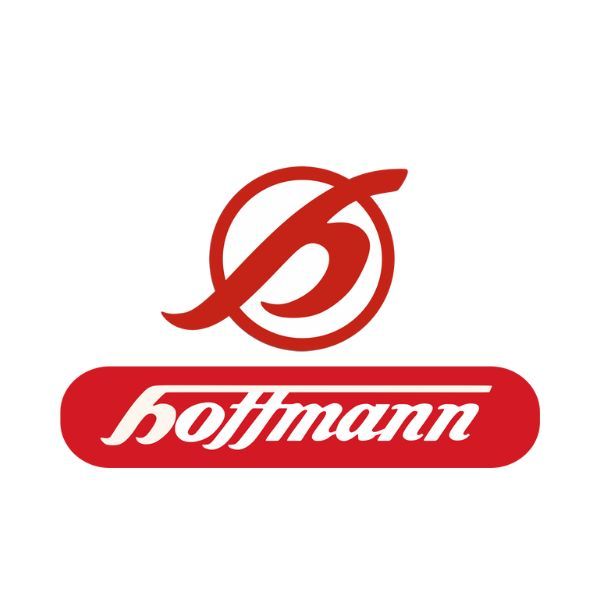Hoffmann
Hoffmann Motorcycles was a post-World War II German brand notable for its involvement in the early history of motorized two-wheelers in Germany. Hoffmann emerged in Germany during a period of rebuilding after World War II. This era saw a significant demand for affordable, personal transportation, leading to the rise of various motorcycle manufacturers.

The company started by producing bicycles and motorcycle parts. In the late 1940s and early 1950s, Hoffmann transitioned into manufacturing motorcycles. Their initial models were typically small, economical bikes, suited to the needs and financial capabilities of the post-war German population.
Hoffmann's most famous model was the "Gouverneur", a 250 cc four-stroke motorcycle launched in 1951. This model was an ambitious project for the company and represented a significant technological leap compared to their earlier offerings. It featured a sophisticated design with a pressed steel frame and an innovative engine, showcasing the company's engineering capabilities.
Hoffmann also secured a license to produce the Vespa scooter in Germany. However, this venture led to legal issues with Piaggio, the original Italian manufacturer of Vespa. The licensing dispute eventually resulted in Hoffmann losing the rights to produce the Vespa in 1954.
The combination of the costly development of the Gouverneur, the legal battles over the Vespa production, and the intense competition in the German motorcycle market put significant financial strain on the company. These challenges, coupled with management issues, led to Hoffmann's decline. The company ceased motorcycle production in the mid-1950s. The Hoffmann brand, like many other small European motorcycle manufacturers of the time, couldn't sustain the financial and competitive pressures of the post-war market.
Hoffmann Motorcycles, in its brief history, showcased the resilience and ingenuity of post-war German manufacturing. While the brand did not last long, its ambitious projects like the Gouverneur and the foray into Vespa production left a mark in the history of European motorcycling.
Additional Hoffmann Logos
Author: William Flaiz



